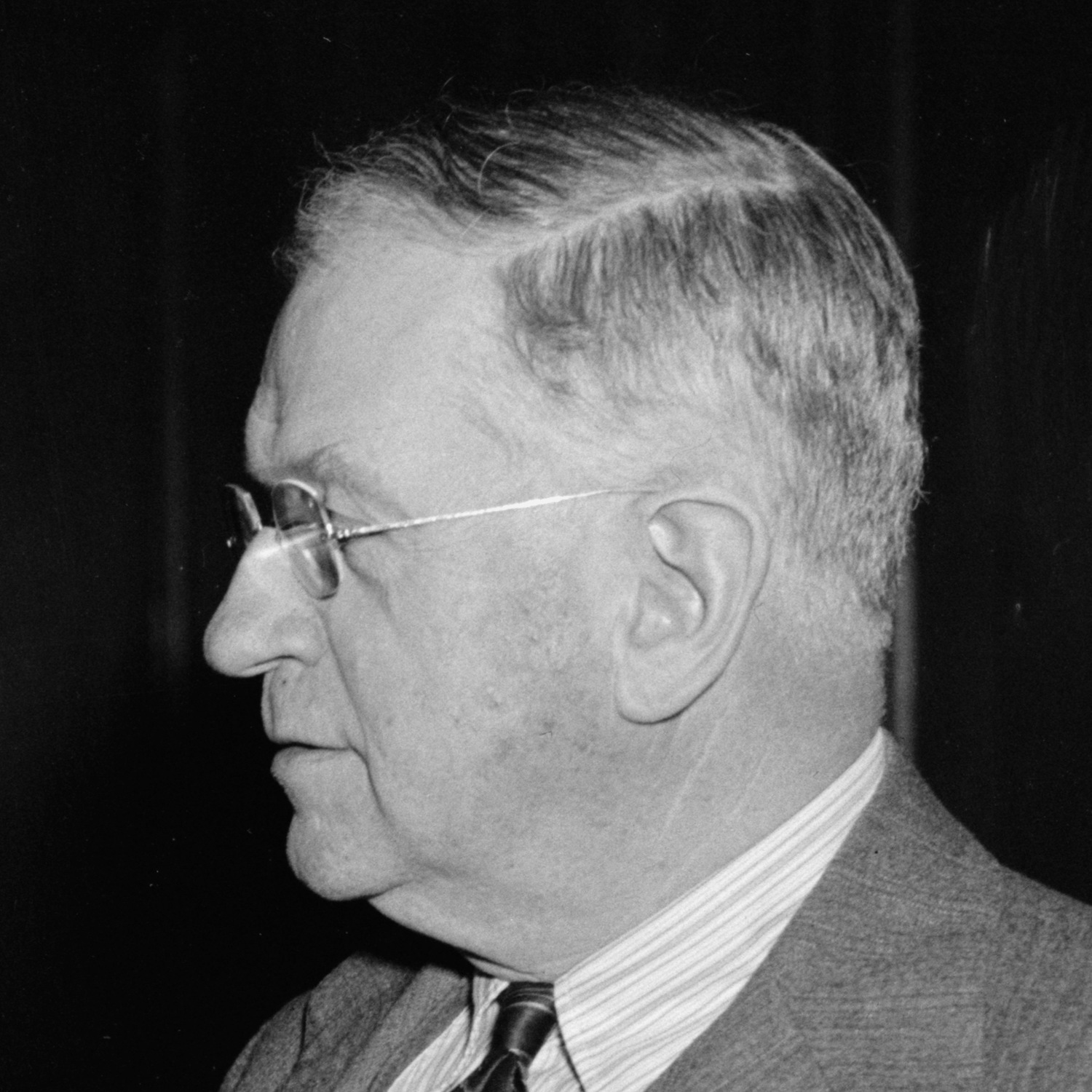Evolution: Evolving away from Newtonian thinking
One of the most striking things about the persistence of Aristotelian and Newtonian thinking in our present world—where we now understand that Darwin has superseded them on the subject of our own existence and experience as living things—is their persistence among biologists.
Aristotle’s Ladder of Life is invoked constantly in taxonomic discussions of the higher and lower orders of life. Meanwhile, our background assumptions in human evolution are shaped by Newtonian billiard ball causation: one species leads to the next in a chain of causation, with the “chain” metaphor explicit in the search for “the missing link.” Another way to say this would be that evolution proceeds “linearly.”
Remembering that our foundational metaphor should be the ecosystem, displacing Aristotle’s Ladder and Newton’s balls and chains, we start to see the truth (from The Washington Post science writer Sarah Kaplan):
Now, a treasure trove of ancient stone tools suggests that humans' circuitous path to modernity also wound through India.
In a paper published Wednesday in the journal Nature, researchers described thousands of stone implements uncovered at Attirampakkam, an archaeological site in southern India. The tools span about a million years of history, they say, and illustrate the evolution of big, blunt hand axes into finely sculpted stone points. Starting about 385,000 years ago — long before modern humans are thought to have arrived in India — it appears that an advanced toolmaking culture was developing there.
How did these techniques reach India so early? “That's the multimillion-dollar question,” said archaeologist Shanti Pappu, founder of the Sharma Center for Heritage Education and a co-author of the report.
No remains were found alongside the Indian tools, meaning it's impossible to determine whether the tools were produced by modern humans or one of our hominin cousins. If they were produced by members of our species, it would significantly shift the timeline of human evolution. But that's a big “if,” Pappu acknowledged.
At the very least, she said, the discovery suggests “complex interactions” between the mystery hominins in India and their relatives around the world.
“It shows that simple linear narratives of dispersal only at certain time periods is incorrect,” Pappu said.


